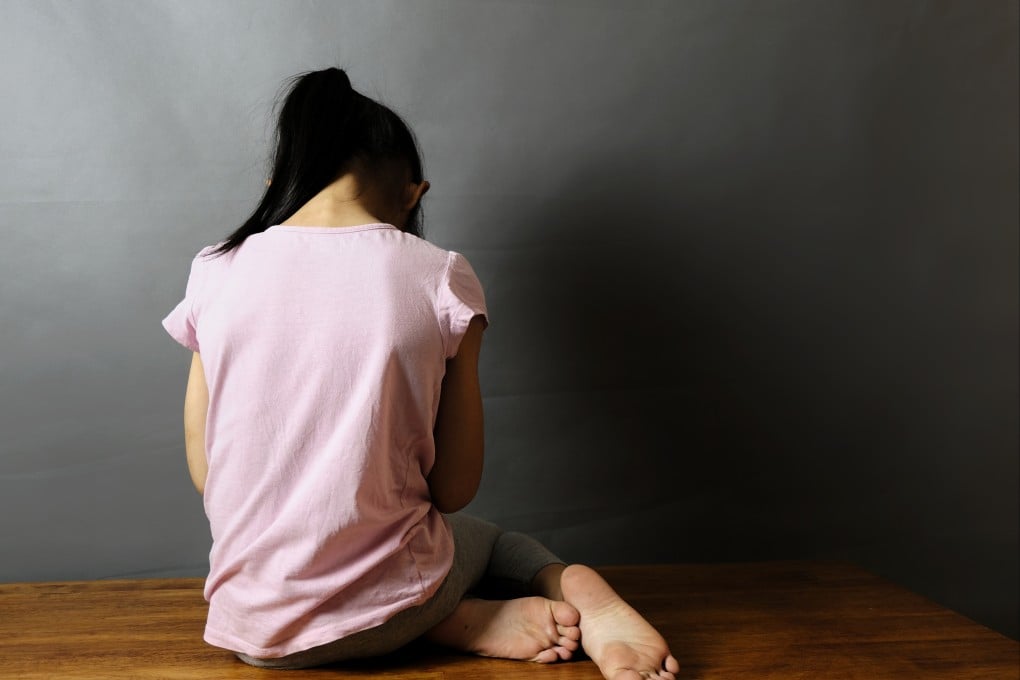Editorial | Fine-tune emergency response to help Hong Kong youth with high suicide risk
When a government measure turns out to be not tackling the problem as effectively as it should, the need for a thorough review is obvious

When schoolchildren taking their lives becomes a growing trend in society, something is clearly amiss. And when a government emergency response turns out to be not tackling the problem as effectively as it should, the need for a thorough review is obvious.
The three-tier mechanism was rightly introduced last December amid a worrying spate of suicides at local primary and secondary schools, a phenomenon attributed to post-pandemic stress and other mental health issues common among youngsters.
Under the first tier, schools prioritise helping students at higher risk of suicide by seeking professional counselling or treatment services for them. If schools are short on staff, education authorities then refer cases to the off-campus support network team organised by the Social Welfare Department under the second tier.
Well-intentioned as the programme is, the measure ended up with an imbalance in the number of students being referred to public hospital psychiatrists under the highest level of the emergency.
More than 280 cases were reported in that third tier as of the end of the summer holiday, compared with 120 cases in the second.
We hope the numbers do not mean hundreds of students were prone to commit suicide. If anything, it could be a reflection of schools and parents erring on the side of caution and opting for the more vigilant approach when handling students with signs of distress.

